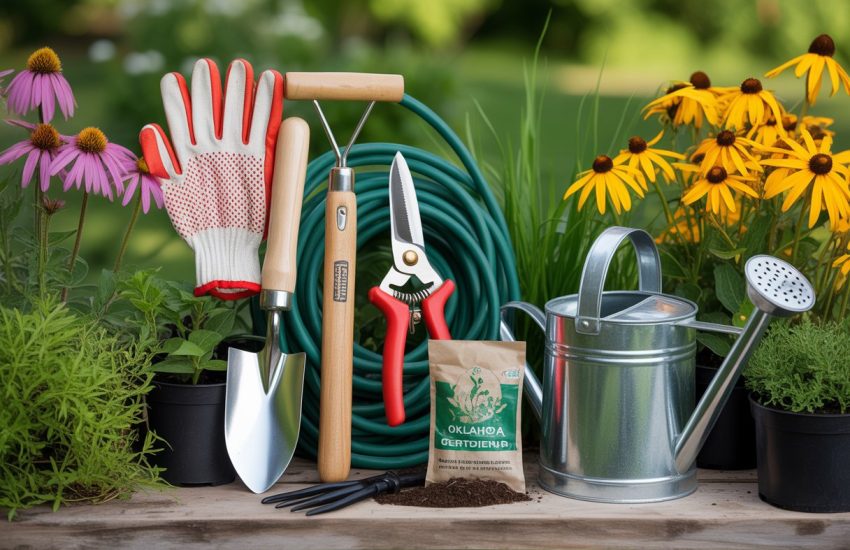How to Manage Your Lawn in Extreme Heat
Hot weather, while it seems appealing in winter, is tough for us to deal with. However, we are not the only ones struggling with extreme heat. Even though summertime is when most plants go wild, the grass is one of the exceptions.
Like us, it suffers from the heat, leaving us desperate about what to do and how to protect it. So, in this article, we will discuss lawn care in hot weather and what you can do to avoid your grass turning brown and your lawn looking like a desert.
Knowing When to Mow
One thing you can do to prevent brown, dead grass on your lawn in hot weather is mowing at the right time. And the best time to mow your lawn is when it’s cooler, specifically between 9 and 11 in the morning or 5 and 7 in the afternoon. When you mow at these times, your turf will be at its healthiest during the summer, allowing it to withstand the clippings and continue functioning.
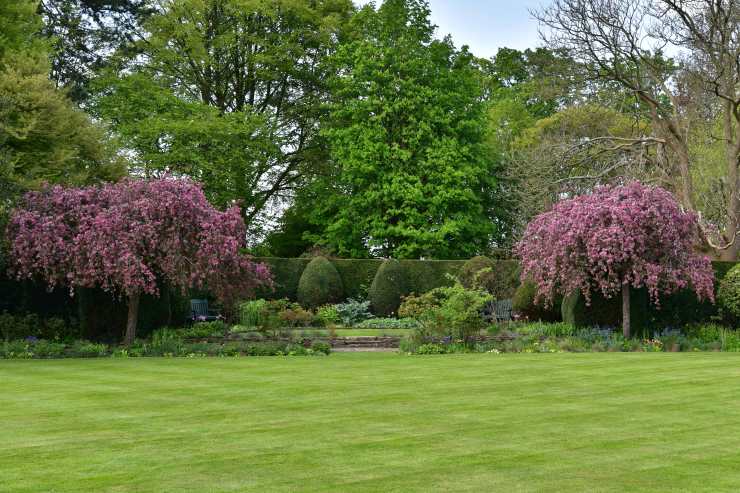
So, what happens if you mow the grass when the heat is at its peak? This causes overstress in the grass and increases the risk of grass diseases and other problems. Besides, being under the sun in that weather is not suitable for us either. So, if it is possible, avoid mowing as long as possible. It’s preferable to forgo all lawn mowing during high heat or drought periods. Possibly growing faster and needing to be pruned more frequently are shady spots.
But if you will keep mowing your lawn during hot weather too, there are a couple of things you need to be careful about. For example, you are leaving the grass a bit higher than usual. Many lawn owners overcut their lawns to make maintenance easier. Sadly, trimmed too short grass loses some of its capacity to provide energy for growth. On the other hand, cutting the grass high can strengthen the roots while reducing weed development.
A decent rule of thumb is to only cut up to one-third of the grass at once. Never cutting more than one-third of the grass’s height is an excellent general rule. Letting it grow for a more extended period enables the grass to strengthen its roots and increase its resistance to heat and drought stress. Another important rule of lawn care in hot weather is using sharper mower blades.
The plant will heal considerably more quickly if the grass is trimmed with razor-sharp mower blades. Your grass will suffer greater stress and harm if you mow with dull blades because doing so actually shreds the plant tissue rather than cuts it. The appearance of torn grass turns brown, and it is more prone to illness. Blades that are dull put greater strain on the grass.
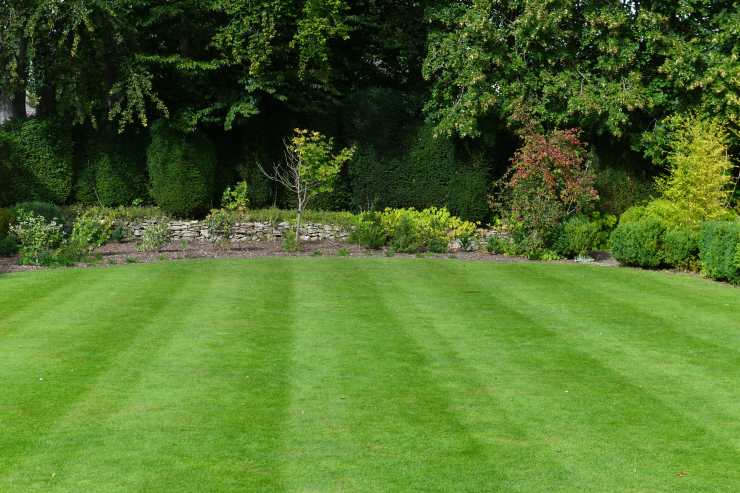
The grass will recover more quickly following each cut if the blades are sharp. As you might already know, a razor-sharp lawnmower blade is always advised for proper lawn care, but it becomes essential when the heat is beating down on your lawn. In addition, making clean cuts on your grass blades will aid in preventing the spread of any lawn illness.
Limiting Watering
This might be a bit surprising. Since we need more water during hot weather, it is natural for some to think that our lawn also needs to be watered more to prevent going bad because of the hot weather. However, for proper lawn care, in hot weather, you should limit watering as much as possible or do it early in the morning since extreme heat will result in quick evaporation otherwise.
After a rain, many people continue to water their lawns. Generally speaking, dry soil performs better for grass than damp soil. Consistently moist soil can lead to a variety of issues for both plants and soil organisms. Plant roots are deprived of oxygen in wet soil, increasing their disease susceptibility. Try to refrain from daily irrigation. Even with rainfall, lawns only need one inch of water per week.
Try to water sparingly but deeply. Deep watering entails soaking the entire root zone. When you water infrequently, you only do it when the grass is completely dry. Aim to water your lawn in the morning so it can benefit fully from the moisture before the sun dries it up by midday. When plants are watered in the evening, the standing water is not dried up overnight, which might result in mold and fungus growth.
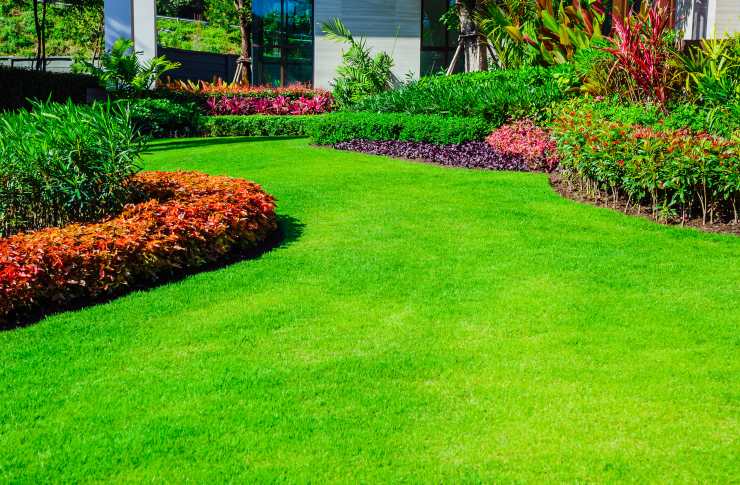
What About Fertilizing and Mulching?
While fertilizing your lawn during hot weather times may seem like a beneficial thing, it is preferable to avoid it. This is because grass uses more energy in the summer than it produces. And since fertilizer encourages growth, the grass consumes more energy and stresses out your already stressed-out lawn. Therefore, when preparing your grass for the winter, it is preferable to leave fertilizing to the fall.
This is why during hot weather, you should stay away from fertilizers. With that being said, these rules can change depending on the sort of grass. For some, fertilization with a 16-4-8 fertilizer is not as bad if you water your grass enough. With that being said, there is another thing you can do other than fertilizing: mulching. Mulching your grass clippings is a fantastic, all-natural approach to fertilizing your lawn all summer long while saving energy for new plant growth.
By feeding, cultivating, and aerating your lawn in the fall to maximize spring results, you can start improving your lawn’s health one year in advance. In addition, it is advised to mulch your clippings in the summer and allow the thatch to increase gradually. This will support soil moisture retention, supporting the development of robust roots. To get the clippings as tiny as possible, use a mulching mower and a blade designed for mulching.
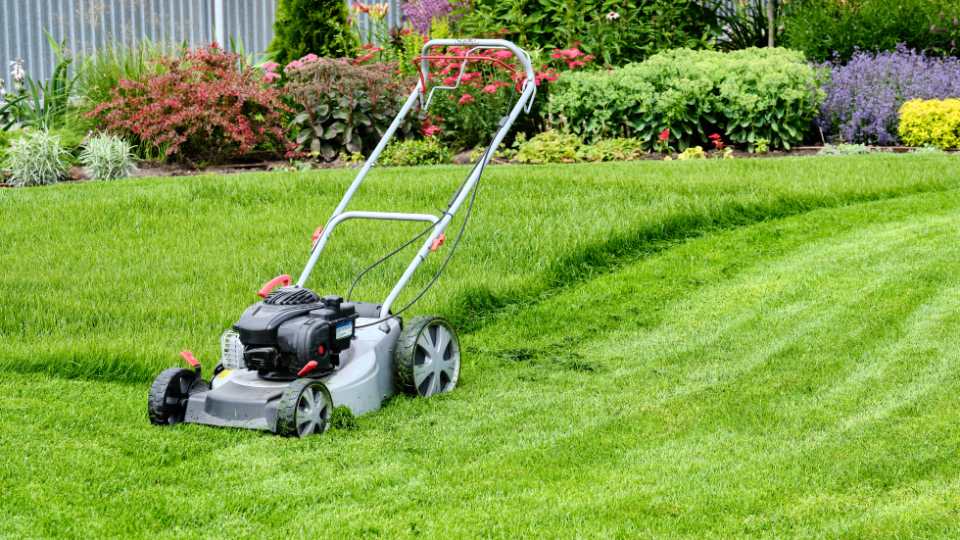
Lawn Care in Hot Weather
Apart from the golden rules we mentioned above, there are other things you can keep in mind to maintain your lawn the best possible way you can in the extreme heat. And one of these is minimizing the foot traffic.
Although it might seem odd, since the blades of grass that are already under stress might be beaten down by foot activity, which stops them from recovering, this is an essential point in lawn care in hot weather.
If at all feasible, try to limit foot traffic on your grass. You can think about installing stepping stones to prevent people from walking on your grass. Also, remember that insects and illnesses are more common throughout the summer.
Chinch bugs, sod webworms, armyworms, fire ants, and fleas are a few typical lawn pests. Fungi-related illnesses like brown patches and mildew are also prevalent in the summer. Apply a fungicide if required on a cool day after the intense heat has subsided.
Plus, for proper lawn care, it is crucial to understand that a plant’s root system is its most significant component. The soil needs to be moist but not drenched. The top inch of soil ought to be drier than the deeper layers. You can teach your roots to delve further into the ground by doing this. Set your sprinklers to water more frequently for shorter periods.
To determine how long to water, you can use some basic math. Multiply your daily equivalent of 30 minutes by 7. You now have 210 minutes. Our weekly production is shown here. By reducing the number of days per week to three, we will probably save some water. You see, this way, you will not only be doing proper lawn care but also be saving water and money!
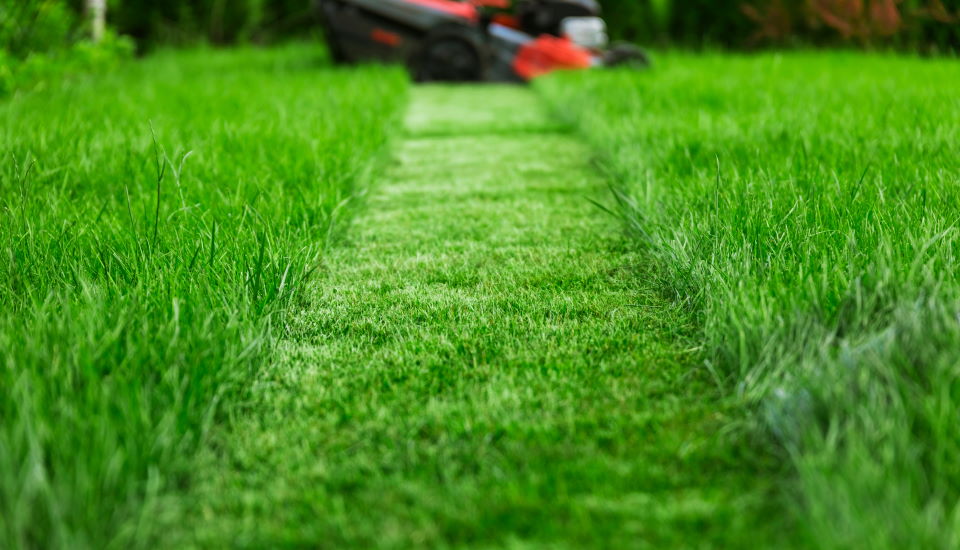
Final Verdict
To sum up, yes, lawn care in hot weather is not something we can call easy-peasy. Extreme heat is already exhausting and intimidating for us. When you add lawn care requiring more detail in this hot weather to the equation, things may easily seem scarier and more significant. However, I still believe having a lawn is one of the best things in life.
Besides, when you know the golden rules and start using these in lawn care, I’m sure things will get easier. After all, you will be able to sit on your lawn, watch the sky and enjoy beautiful summer nights with your friends and family. And, if you don’t have time to deal with lawn care stuff, you can always call professionals.
To assist you in having the greenest, healthiest lawn possible, professional lawn care firms can provide you with a free lawn care analysis to evaluate your lawn’s needs and set you up with a scheduled service plan. In addition, numerous businesses offer services like tree and shrub care, weed treatment, lawn pest control, fertilization, aeration, and disease control.
You may also be interested in:
Tips for Growing Lipstick Plants

